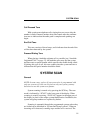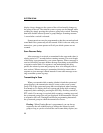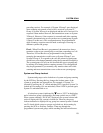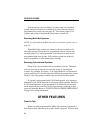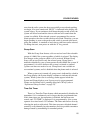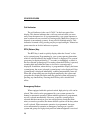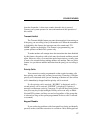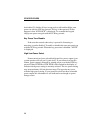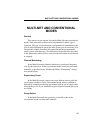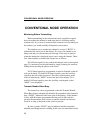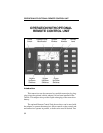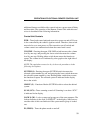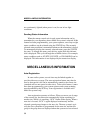
MULTI-NET AND CONVENTIONAL MODES
29
MULTI-NET AND CONVENTIONAL
MODES
General
This transceiver can operate in both the Multi-Net and conventional
modes. Each selectable system can be programmed for either type of
operation. The type of operation that is programmed is determined by the
type of radio equipment in use in the radio system you are accessing. You
can probably assume that Multi-Net operation has been programmed
unless you are told otherwise. The differences in operation are described
in the information which follows and also noted elsewhere in this manual
as required.
Channel Monitoring
In the Multi-Net mode, channel monitoring is performed automati-
cally by the transceiver. In the conventional mode, it must be performed
manually as described in the “Monitoring Before Transmitting” descrip-
tion which follows.
Supervisory Tones
In the Multi-Net mode, supervisory tones indicate clear-to-talk and
out-of-range conditions. In the conventional mode, a busy condition is
detected by manually monitoring the channel, and an out-of-range condi-
tion probably exists if you are unable to get a response from the party you
are calling.
Group Select
In the Multi-Net mode, the group key selects ID codes; in the
conventional mode it selects radio channels.



